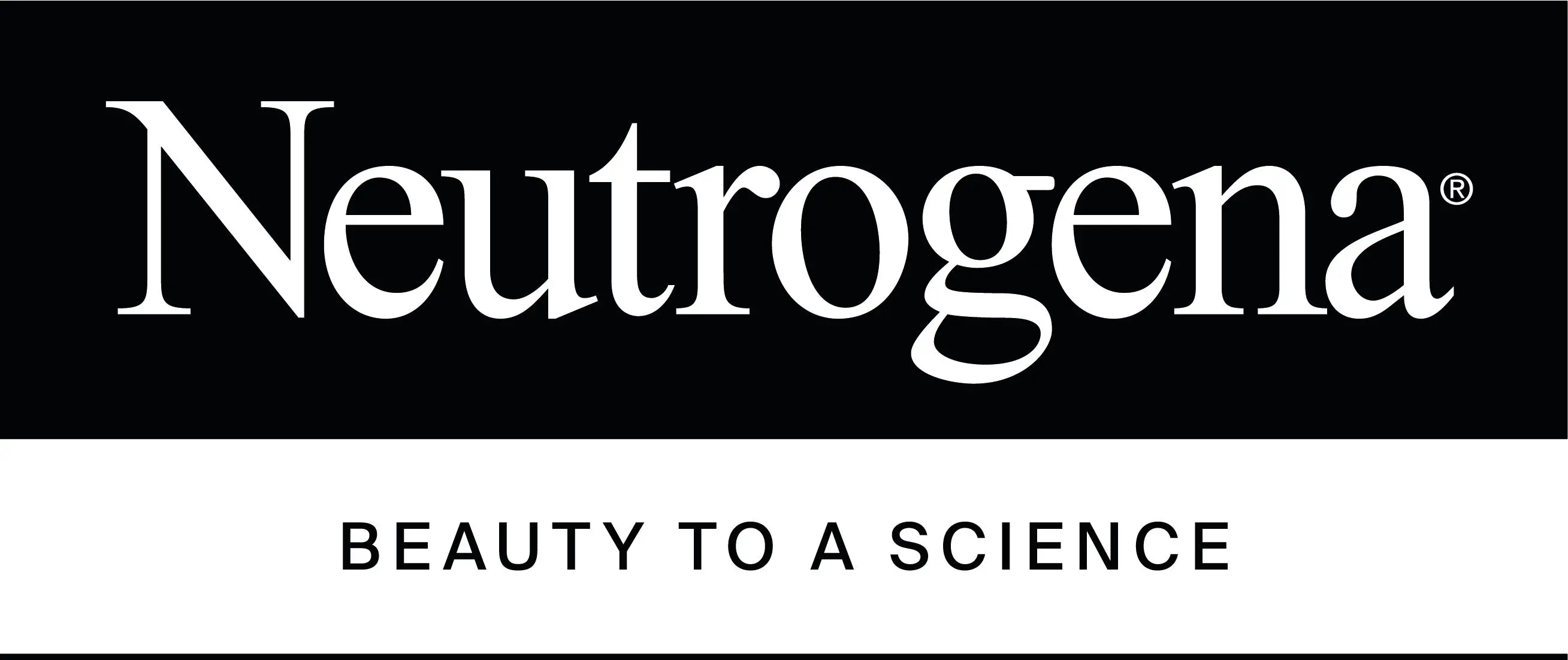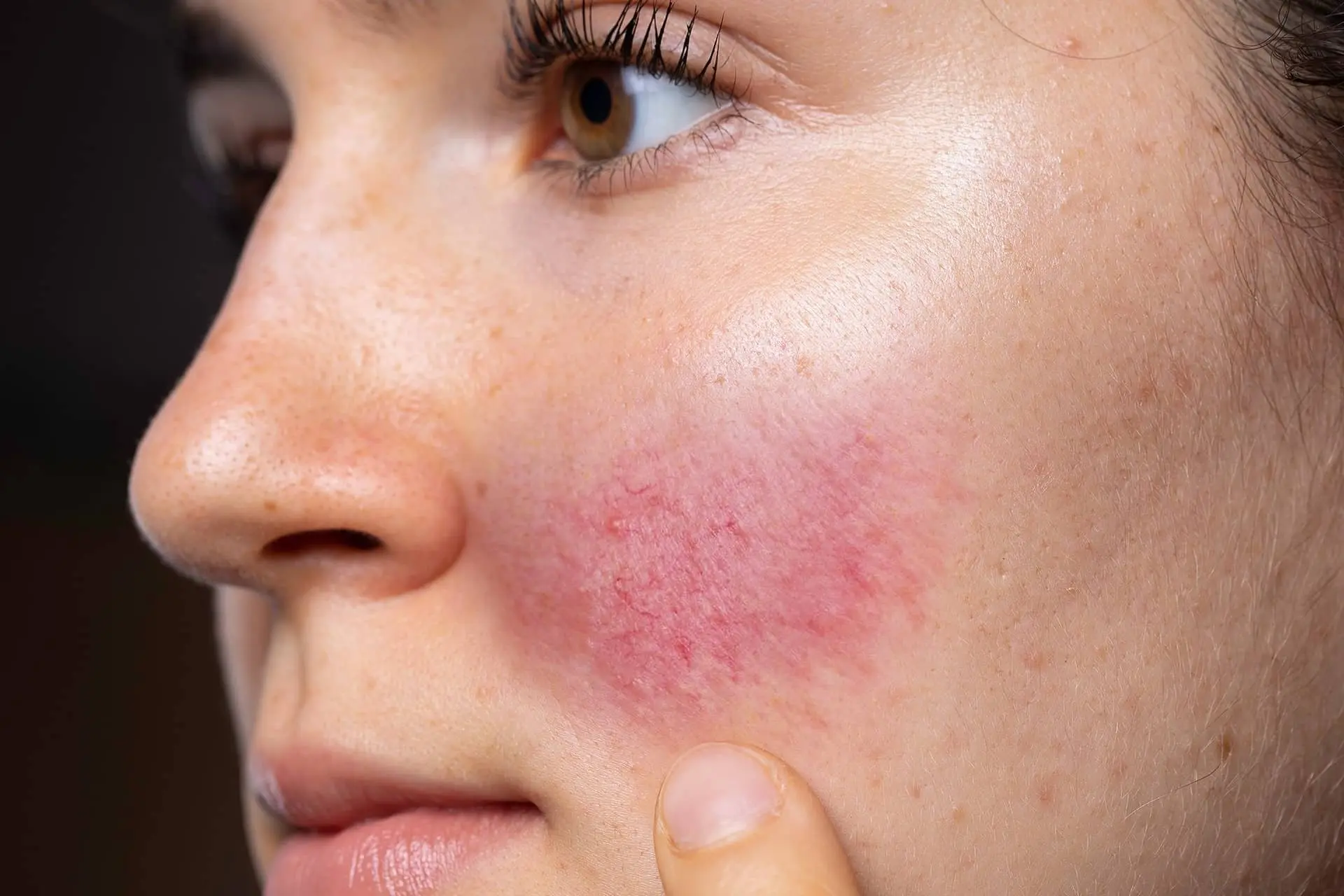What is Rosacea?
Beyond wrinkles, dryness, and tiredness of the skin, there are other skin-related concerns that you need to keep an eye on. One common skin condition is Rosacea.
There is no specific test that your doctor can use to diagnose rosacea; however, rosacea causes visible blood vessels on the face alongside blushing. It may also produce small, pus-filled bumps. Therefore, the doctor relies on an examination of your skin as well as on the history of your symptoms. Your doctor might also request some medical tests to rule out any other concern before providing you with the rosacea diagnosis.
Despite rosacea not having a cure, given that its cause is still unknown, doctors can resort to a variety of treatments to ease the irritability and symptoms caused.
Below is an overview of the signs and symptoms of rosacea, its causes, and potential treatment.
Signs & Symptoms of Rosacea
Rosacea is similar to having a red face; its common signs and symptoms including the following:
Facial blushing
Visible veins
Burning or stinging sensations
Swollen bumps
Enlarged nose
Eye problems
Skin thickening
Causes of Rosacea
Causes to Rosacea are still unknown. However, you can avoid certain triggers that include spicy food, alcoholic beverages, extreme temperatures, and medication that dilate blood vessels.
Also, watch out; you are more likely at risk to develop Rosacea if you have a family history of Rosacea, if you are a female, if your skin burns easily in the sun, and if you smoke.
How to get rid of Rosacea
Despite it being a chronic skin condition, luckily, Rosacea can be managed with self-care. Other than learning what your triggers are, you can take the following steps to gently treat your skin
1.Clean your skin
Wash your skin twice daily in a very gentle manner. Avoid soap but do use a Rosacea-friendly cleanser. Apply the cleanser on your fingertips and gently on the face using a circular motion. Rinse the cleanser thoroughly with lukewarm water, then pat your face with a cotton towel. Make sure that your face does not have any cleanser residue to avoid irritation.
2. Moisturize your skin
Choose a Rosacea-friendly moisturizer to hydrate your skin. Rosacea usually causes dryness and stiffness of the skin. So, a moisturizer such as Neutrogena® Hydro Boost® Water Gel Moisturiser would be essential to trap the water in the skin. This would definitely help with the irritation.
Also check out Neutrogena Hydro boost products, that help quench the thirst of your skin and hydrates the skin with ease.
3. Protect your skin from the sun
One most common cause of the Rosacea-flare up is the sun! Healthcare providers advise patients to wear sunscreen and reapply it when necessary even when it is cloudy or when indoors. Check out our top sellers such as the Neutrogena® Hydro Boost® City Shield Hydrating Lotion SPF 25 and Neutrogena® Bright Boost Gel Fluid SPF 30.
4. Choose Rosacea-friendly skin products
Many cosmetic products might include ingredients that harm your Rosacea-prone skin. As you go shopping next time, make sure you avoid products that contain alcohol, camphor, fragrance, glycolic acid, lactic acid, menthol, sodium lauryl sulfate, and urea.
Finally, if you experience persisting symptoms, especially ones that are not getting better or are getting worse, make sure you consult with your healthcare provider. Also, let your healthcare know if you are suffering from new symptoms or from redness or burning in your eyes.

